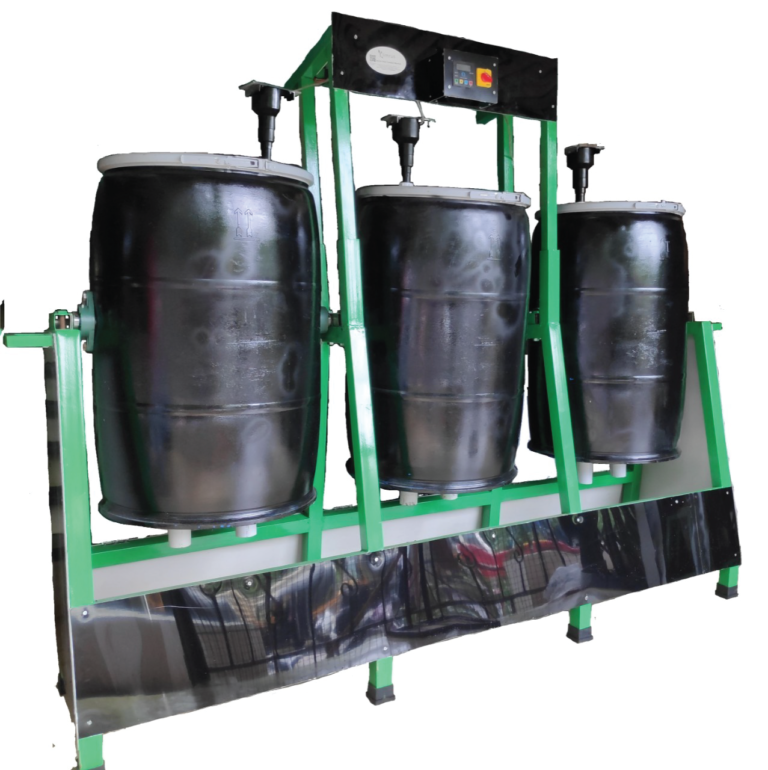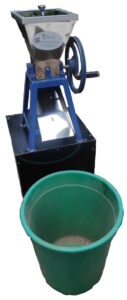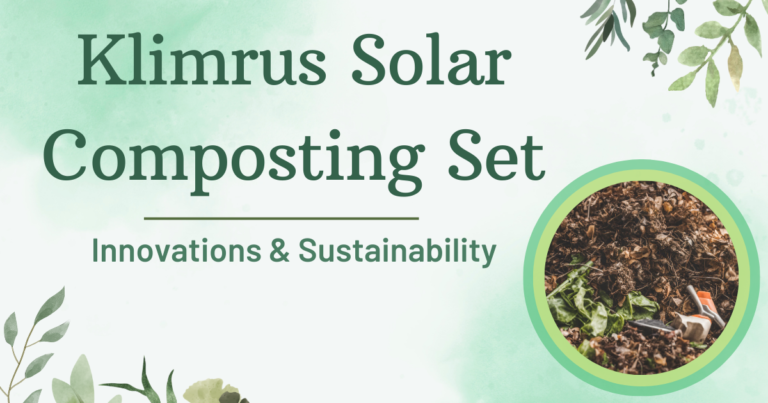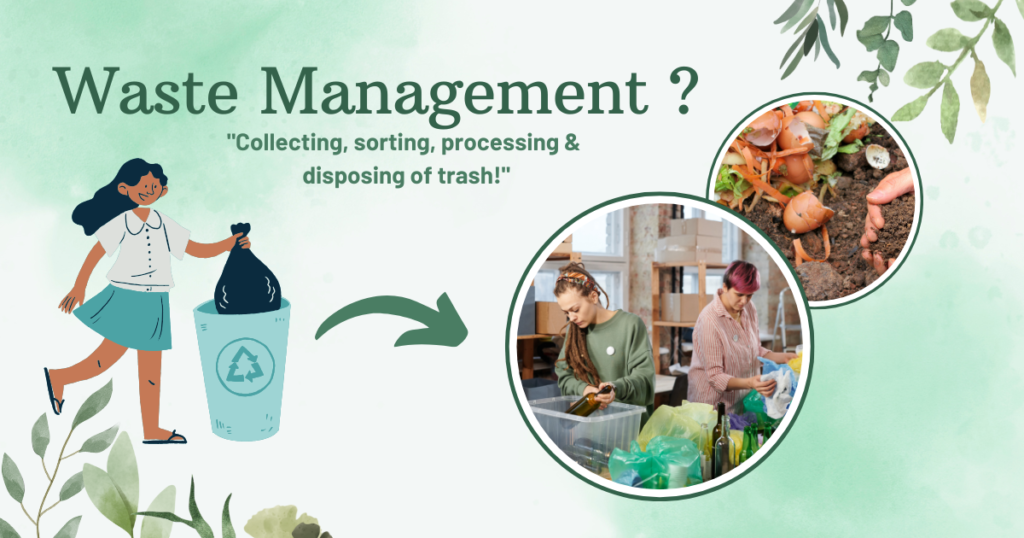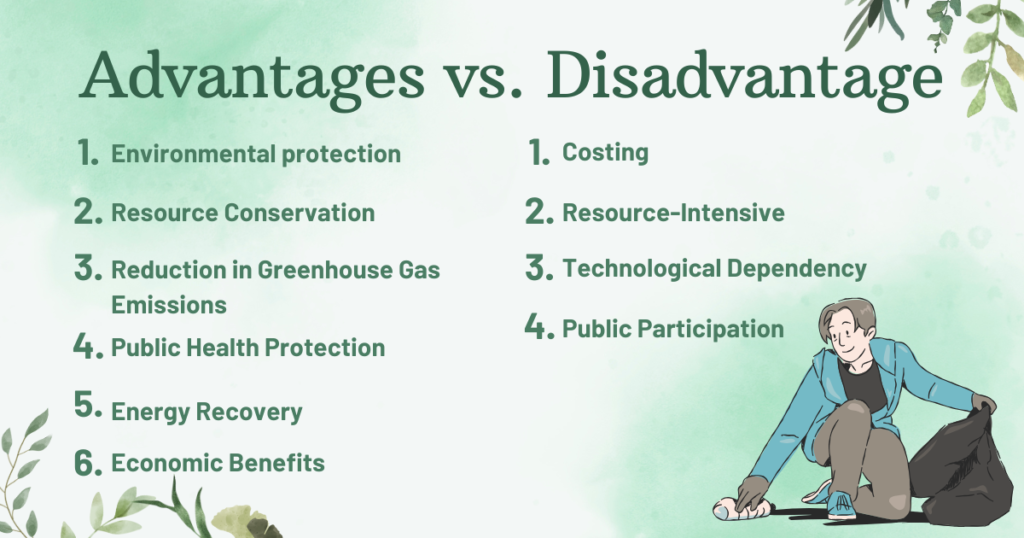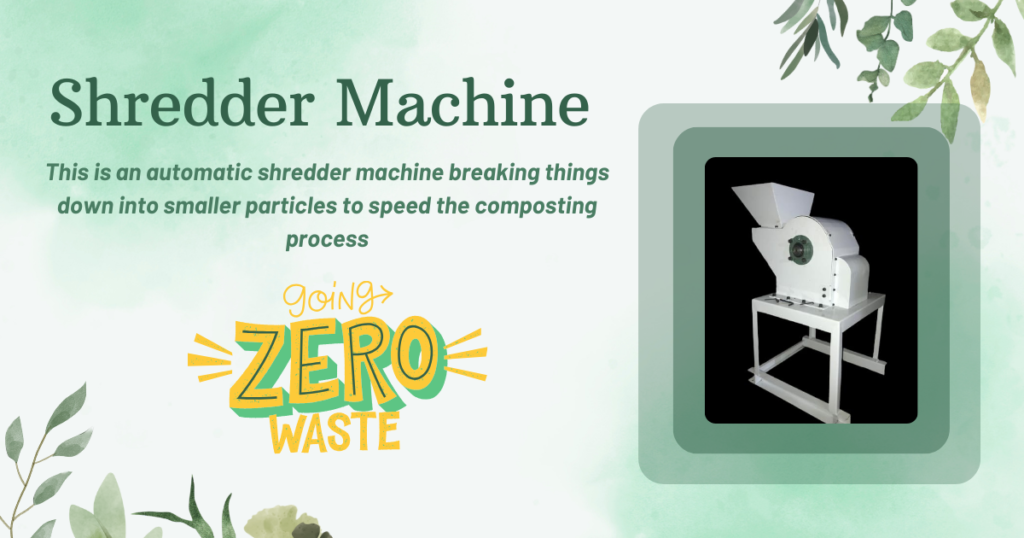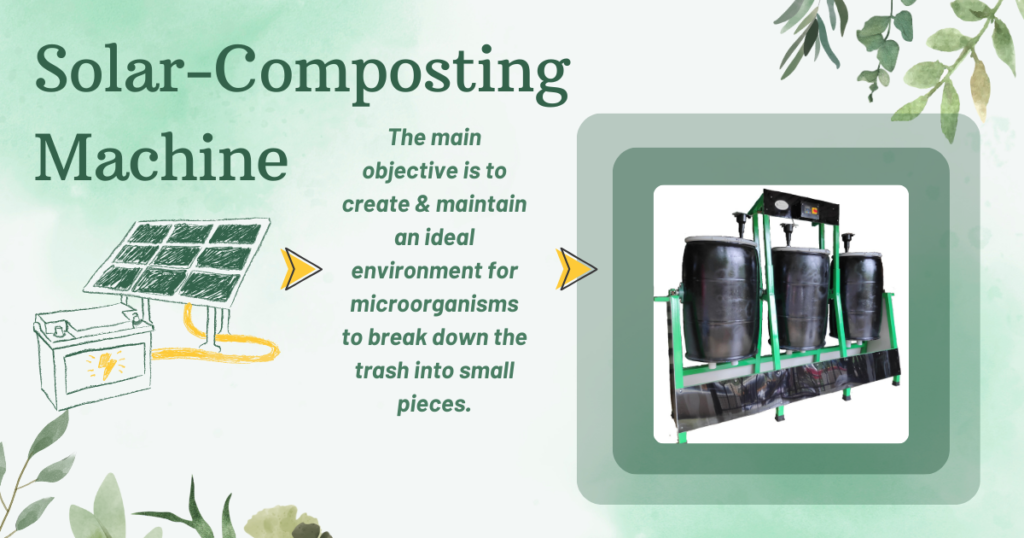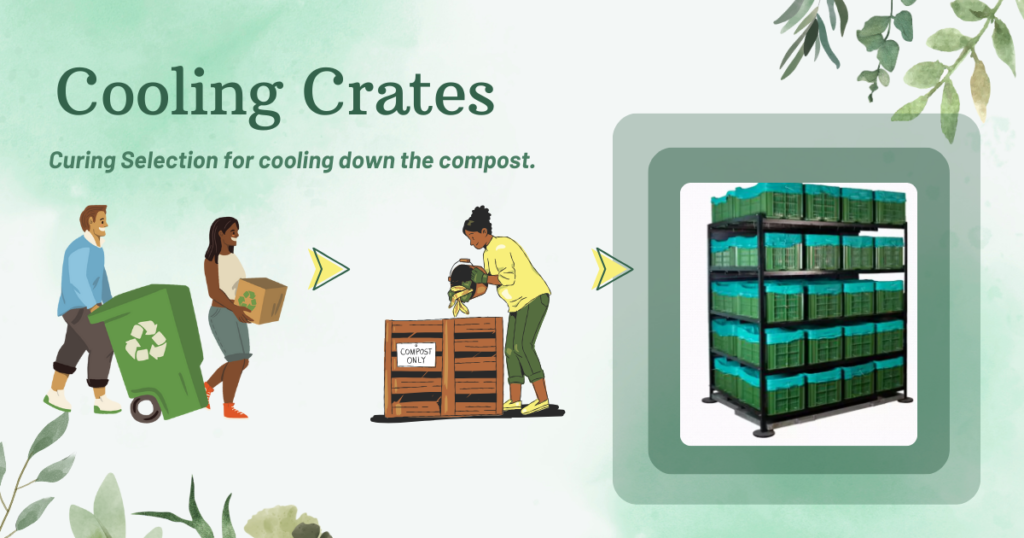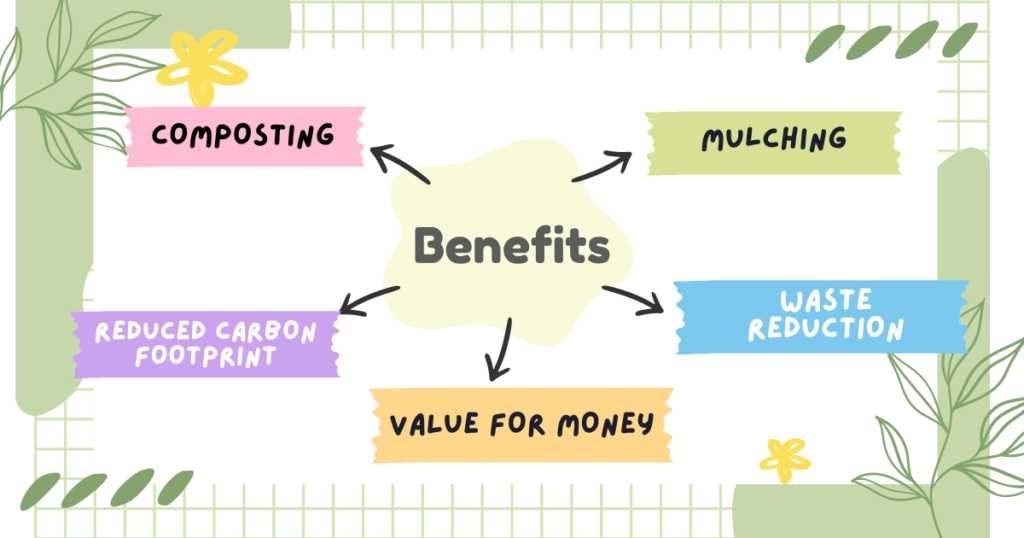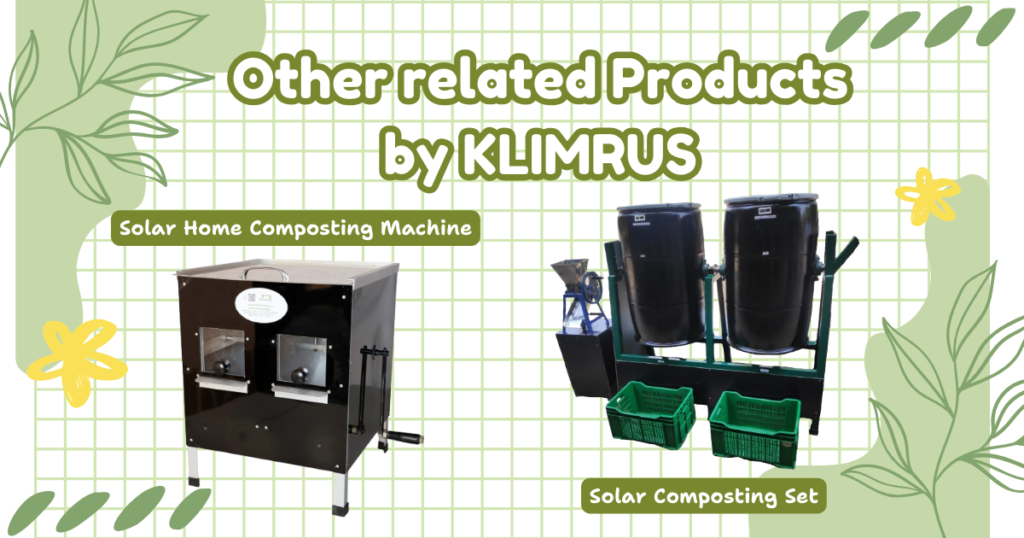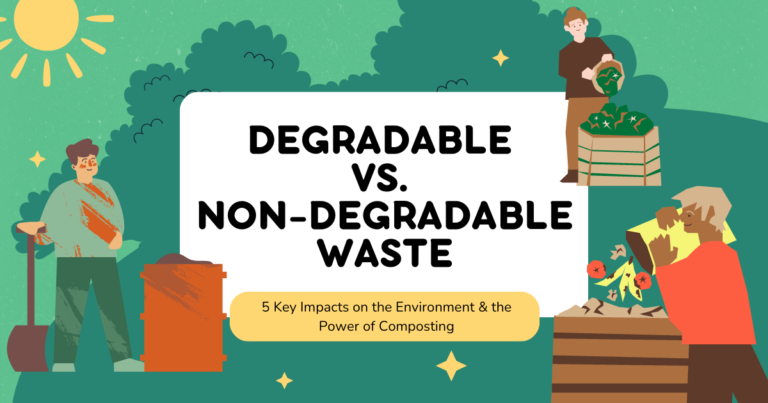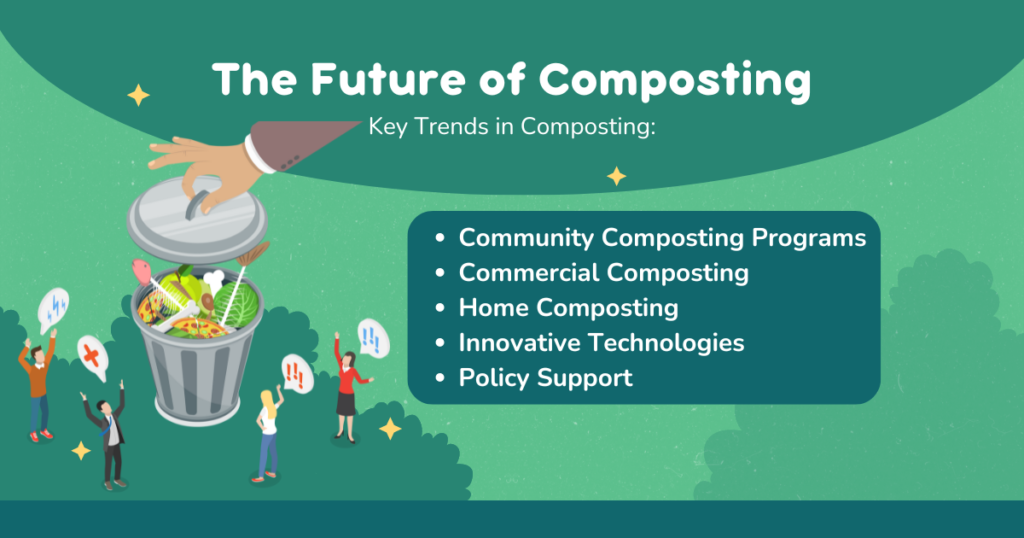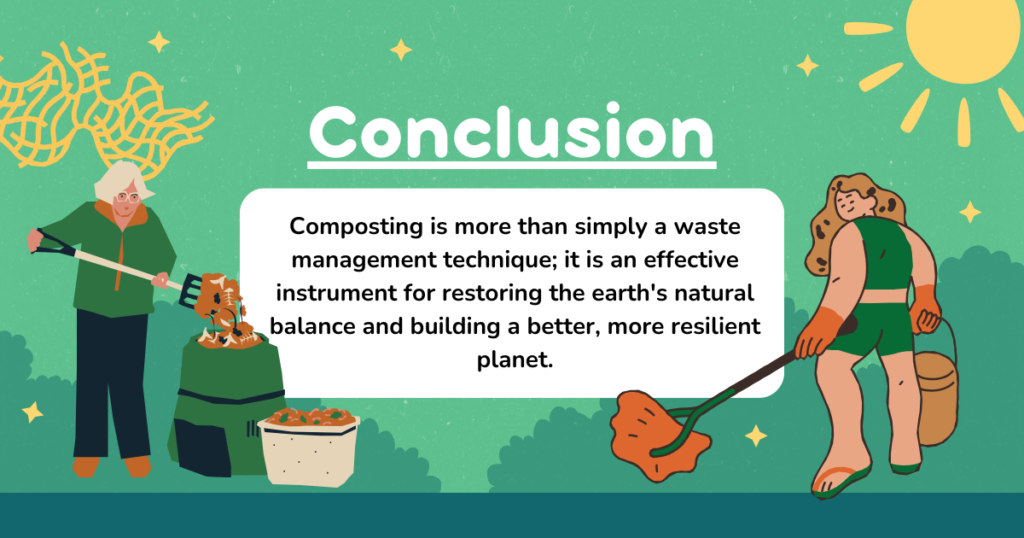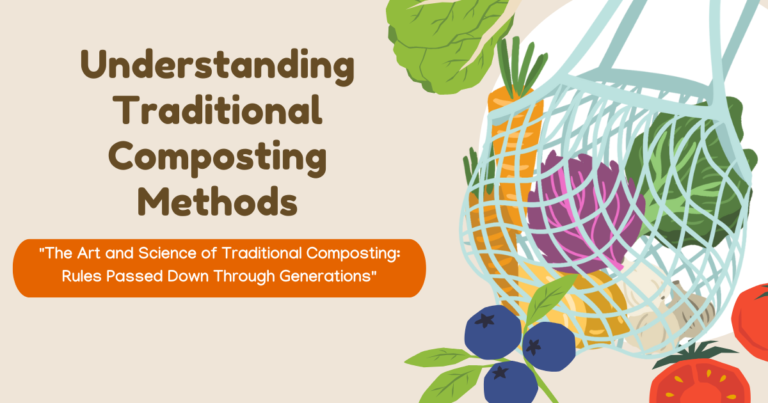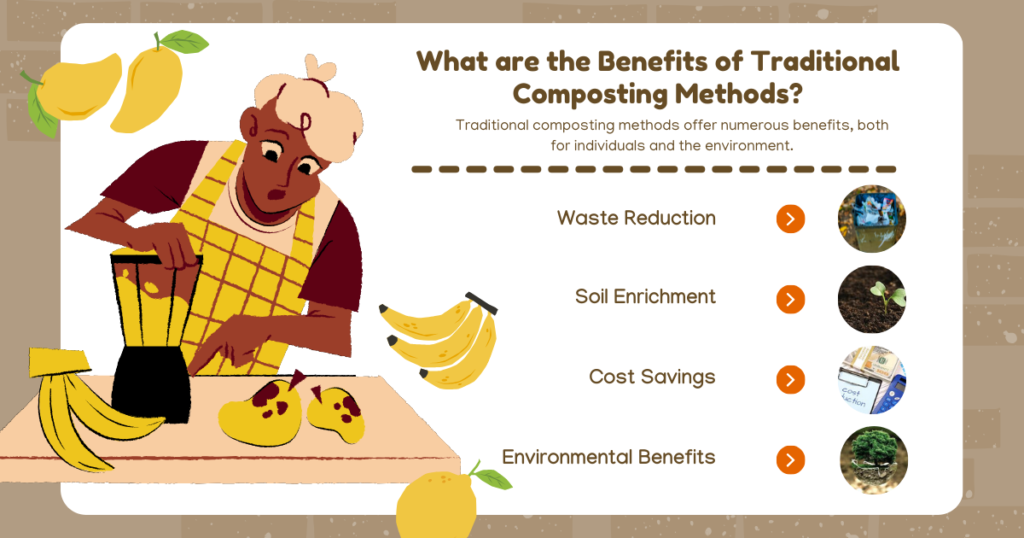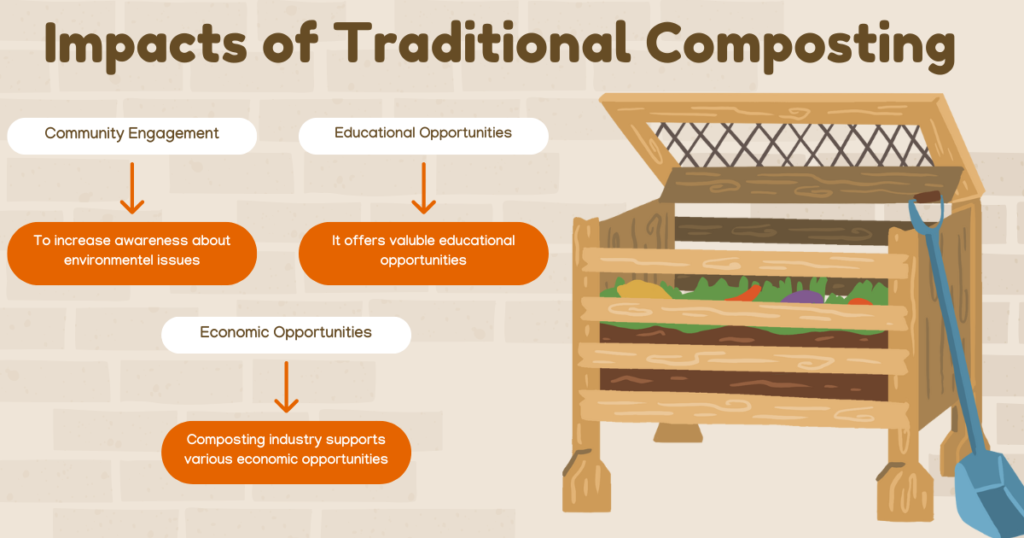Solar powered Compost Machine is better than Electrical machine
Solar powered Compost Machine techniques is natural composting techniques.
Today you will get every useful information about composting and Compost Machine available in market. Composting play an important role in market now a days. everyone is finding a sustainable solution to dispose waste at home or in society there so many people are using Electrical powered compost machine which convert waste into compost.
Many more people in life have developed their own machines which convert waste into fertilizer. many people passionate about composting techniques and new innovation about compost ideas. compost techniques is not a rocket science or skill but if you do in proper way, you will do compost within less time. some people know this technique and some people finding best solution to dispose waste at home or in society to make compost. Some people use compost machine or some of them do manually.
Let’s discuss about compost machine which available in market & how does they work?
1.Electrical Compost Machine – Automatic Composter 24 hours.
Automatic Compost Machine in market have multiple disadvantages than ordinary machines , this is an automatic composter which convert organic waste into compost within 24 hours. this Machine made up of stainless steel & has square or rectangle shape. just you have put waste into machine and after 24 hours you will get output. This type of Compost Machine works on electricity for heating, mixing and ventilation purpose.
heating mixing and ventilation are main principle in composting. heating mixing and ventilation can be done with this Compost Machine consumes electricity and make compost within 24 hours.
how does Electrical Compost Machine work?
This Type of Compost Machine is in electrical shape which consist of Electrical motor, blower and heater,
The tank & blade is made up of stainless steel and the outer body is made up of MS ( mild steel). heater, blower and motor runs on Electricity controlled by timer or PLC programming. The heater and motor and blower are not ON for 24 hours. it is On and off as per the timer setting . heater is mounted on stainless steel tank at bottom side when SS get heated and reached by 70 to 80 degrees it automatically off heaters,
A motor is used in a machine for mixing with the shaft and blades and it rotates 360 degrees. Blower is directly connected to drainage where extra water can be grounded via vapours.

What are advantages of this machine:
1.This Type of Compost Machine is automatic, you just put your waste in and forget for the next 24 hours.
2.When you have to dispose of waste into the machine, it completely disposes of waste and reduces the volume of waste up to 80 to 90%.
3.Compost Machine is compact , it requires less space to install.
4.There is no need for a shredder machine or shredder installed on top.
5.you easily remove compost from the front side automatically.

What is Composting & how to start Composting – Guidebest Compost.
before Composting , there are two things you need to know to properly dispose of wet waste, recycle and Reuse of organic waste provides more benefits to environment like improving soil heath, recycling nutrients, mitigating the impact of droughts. Dispose of waste can be done by decomposition techniques, there are two methods of decomposition. 1.Aerobic. 2. anaerobic.
to read in details about composting-
What are dis-advantages of this machine:
1.You can not use this Compost Machine under maintenance, you need to solve problems first and then you use machine till you have to manage daily waste.
2.This type of Compost Machine is costly, due to using all metal or stainless steel, and it is not affordable.
it consumes high electricity, and also not make compost in natural way,
3. No carbon source is used in this machine, only first time culture is provided during installation. For the first 30 to 40 days we will get good compost, after that we get burnt compost.
4.Machine maintenance is high, due to the high maintenance expense of machines will be increases.
2.Semi automatic Compost Machine mixing and curring for 20 days.
This type of Compost Machine is also good at working and takes time for composting but makes quality compost but has some disadvantages as compared to others. before telling something advantageous and disadvantageous , see the entire process of this machine.
This Compost Machine is in three steps , after segregation you have to put waste into a mixer machine for half an hour for mixing and then waste can be transferred to the curing section and cured for 12 to 15 days. some carbon source added into waste during mixing.

Advantageous of this machine:
Machine makes compost in a natural way, getting good quality compost after processing for 15 to 20 days.
Machine maintenance is less & no more electricity used.
Disadvantageous of this machine :
After mixing, waste particles are kept in the curing section for 15 days at that time smelling occurs.
here it has to use more sawdust to do composting.
Solar Compost Machine:
It is new innovative Compost Machine that used for composting and make a compost in natural way, its steps are simple and effective, this machine is easy to operate, The Compost Machine is semi automatic, after segregation you can shred waste into shredder and use this machine for composting, composting can be done with natural way with heating mixing ventilation concept, pillow block technology i.e. bearing rolls provided in this machine to rotate HDPE tank or crank handle to mix waste well,

how does machine work?
This Type of Compost Machine is made up of iron, Aluminium sheet and HDPE materials. it will take around 10 days to make compost, there are two patrician or two separate tank is provided in this machine, you can easily put your waste into tank till it get full, machine is manufacturing according to capacity or daily waste generated, if suppose your daily waste generated around 50kg, then whole capacity of machine will be 400kg whereas each partition will be 200kg, you just put into first partition or tank, it may take 4 to 5 days to fill first part, after filling first one, you use second part to fill waste till first part will give you pre compost, you can transfer into curing section to cure waste waste or degrade temperature to get final compost. final compost you can use for your garden or plantation.
below one image of Solar Compost Machine with capacity 10kg daily generated waste, total capacity of machine will be 100kg, and has partition of 50kg each, also cranking handle is provided to mix waste, on top shredder is provided to crush waste into small particles to speed the waste process.

Advantageos of this machine:
1. This Compost Machine makes compost by natural way, giving quality compost.
2.No Electricity is required, the machine operates on Solar and manually.
3.The machine is cheaper, saves initial cost of investment.
4.Due to continuous aeration, the machine doesnt smell bad.
5.The machine has very low maintenance, also you can operate this machine under maintenance till the current problem get solved.
Disadvantageos of this machine
1.The machine takes more space as compared to any ordinary machine.
2.This process takes more time to make compost.
3.process is manual, you have to work daily here to crush waste, mix waste,
so this is differance between Electrical compost machines solar compost machines, also there are so many techniques available in market like solar compost tumbler, compost tumbler, bed composter etc. comments which technology do you like and which techniques you are using currently. also if you want more information about composting or details about solar compost machine you can visit www.klimrus.in
